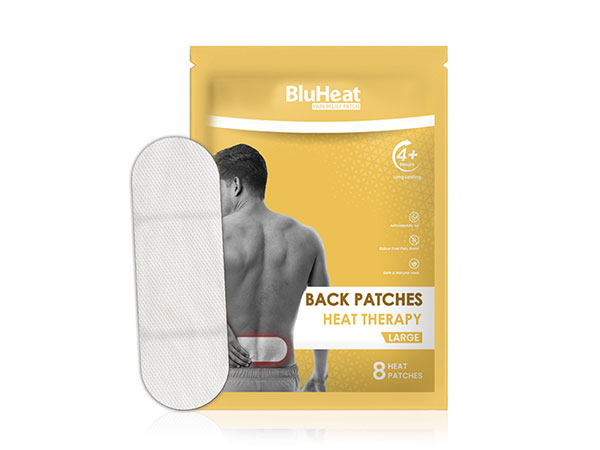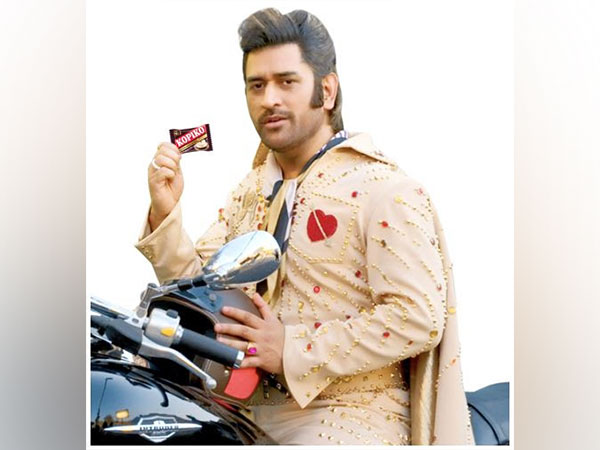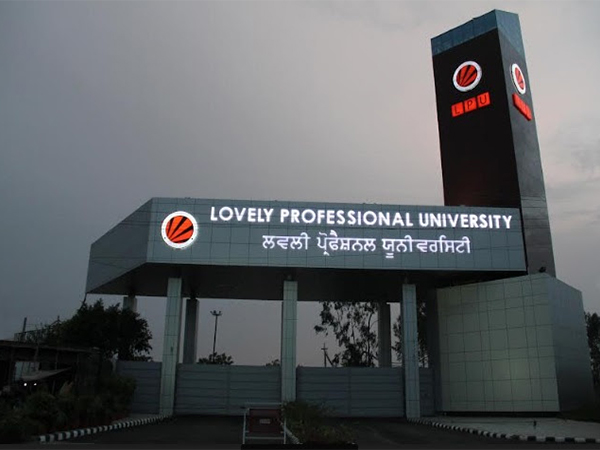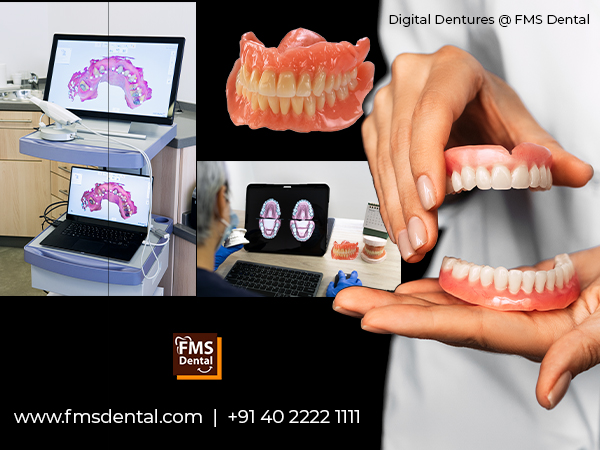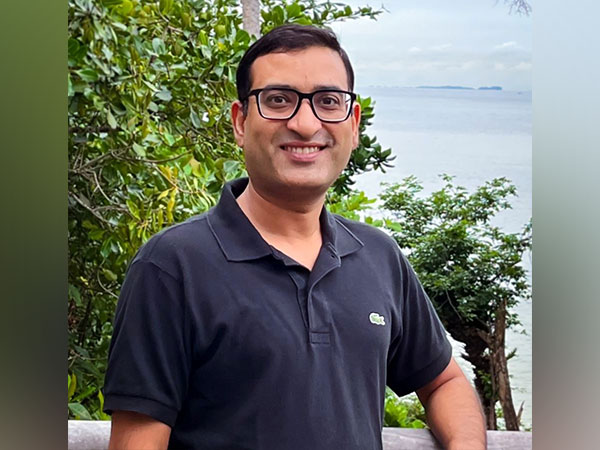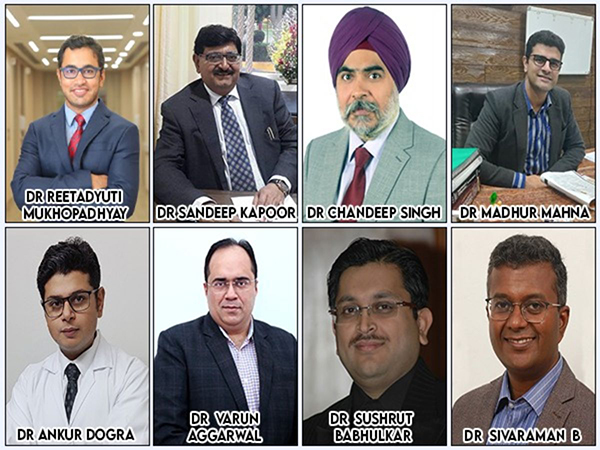
On This Bone & Joint Day: 8 Best Orthopedics advice on how to manage arthritis
Aug 04, 2022
New Delhi [India], August 4 (ANI/PNN): Joint pain and stiffness over a period of time is known as Arthritis, and it worsens with age and requires treatment.
As we celebrate Bone and Joint Day on the 4th of August, these best orthopedics are sharing their advice on managing or delaying arthritis flares when they arise.
Dr Reetadyuti Mukhopadhyay
MBBS, MS - Orthopaedics, DNB - Orthopedic Surgery, MNAMS - Orthopaedics
Specialist in Shoulder, Arthroscopy & Sports Injuries
C K Birla Hospital, Gurugram
Arthritis can be debilitating for the patient, restricting their movement and causing pain. Better moving joints will dampen the effects of arthritis; this should be supplemented with an occasional analgesic to allow pain-free movement along with specific targeted treatment. The best way to keep the joints moving is regular exercises within one's pain limit. Regular exercises also keep your muscles well toned and reduce the load on the degenerating joint allowing the significant symptomatic benefit.
Dr Chandeep Singh
MBBS, MS-Orthopaedics, Associate Director- Orthopaedics
Max Institute of Musculoskeletal Sciences (MIMS), Gurugram
An essential component of controlling your arthritis is movement, as sitting too much might cause weak muscles and stiff joints. Exercise can also reduce pain by gently strengthening the muscles surrounding an arthritic joint. A painful joint can be effectively relieved by applying both cold and heat. Heat can relax the muscles around a joint. A cold pack can be applied if the joint is hot and inflamed, using a thin towel to protect your skin from the cold. Using a cane, crutches, or even a walker to help you walk can make your knee or hip more comfortable.
Dr Sandeep Kapoor
Director Orthopedics & Health city hospital
Trauma & Joint Replacement Surgeon, Lucknow
Arthritis is a lifestyle disorder affecting every one in three Indians. The commonest form of arthritis is osteoarthritis, which occurs in the elderly, not uncommon in the middle age groups today. It involves the weight-bearing joints, therefore called wear and tear arthritis.
The treatment requires physiotherapy, lifestyle modification, weight control, and eating habits. It doesn't require much medication, and the diagnosis is predominantly clinical or x-ray. If everything fails, replacement surgery is a good option. Don't be afraid of arthritis; instead, try incorporating healthy habits into your lifestyle to keep your joints in good shape.
Dr Varun Aggarwal
MBBS, Ms- Orthopaedics, Joint Replacement Surgeon
Golden Clinics, Chandigarh
I have been doing a joint replacement for arthritis for a long time. We have advanced ortho-biologic therapies that help in the natural healing of joints, preventing or delaying surgical intervention. Treatments like PRP therapy were introduced almost three decades ago. However, they have gained good popularity amongst orthopaedics quite recently. I have been using PRP therapy for shoulder cuff tears, early osteoarthritis knees, and tennis elbow. PRP is derived from patients' blood and is the safest injection for all, particularly young sports people.
Dr Madhur Mahna
MBBS, DNB Orthopaedics, FAGE
Centre for Joints, Spine & Children's Orthopaedics, New Delhi
Kalra Hospital SRCNC, RLKC Hospital & Metro Heart Institute, Sunrise Hospital - New Delhi
Osteoarthritis is a degenerative disease, or we can say that it's a disease of ageing. That itself makes it a lifestyle-related disease. The sedentary lifestyle, lack of sun exposure, and stress of modern life have all contributed to an increase in the prevalence of osteoarthritis. Since the cause is multifactorial, the treatment needs to be similar. So my approach to osteoarthritis has always been holistic, which includes not only medication and physiotherapy but also exercise and dietary changes to tackle the disease.
Dr Sushrut Babhulkar
MS Orth, MCh Orth (UK)
Sushrut Institute of Medical Sciences, Nagpur
As orthopaedic surgeons, we frequently see patients with joint pain, be it younger patients or the elderly. We need to determine the type of arthritis, as there are several types of arthritis that must be identified before beginning treatment.
If arthritis has progressed, we may add some medicines to joint preservation, articular cartilage rejuvenation medicines or some surgical intervention. Let me assure you that all of these surgical procedures have been thoroughly researched and studied all over the world. I suggest that everyone see an orthopaedic surgeon to begin pain management and slow the progression of arthritis.
Dr Ankur Dogra
MBBS, MS Orthopaedics, Joint Replacement and Arthroscopy Surgeon
Shalby Hospital, Mohali Punjab
The most common cause of limitation of physical activity in the elderly is knee pain due to damage to knee joints or osteoarthritis. Rubbing joint surfaces over time and inactivity is the common cause of joint stiffness in the elderly. Not only does it interfere with daily activities, but the pain caused by knee osteoarthritis can be excruciating.
As joint damage is irreversible, it is critical to prevent it. In severe cases, knee osteoarthritis necessitates total knee replacement surgery. Regular physical activity and exercise can help reduce knee pain and increase knee mobility. Walking, swimming, and cycling are all forms of physical activity that are beneficial. Also, warm up before exercise, wear proper shoes, and increase muscle strength.
Dr Sivaraman B
MBBS, MS (Ortho), MRCS, FRCS (Orth), FEBOT (Paris)
Diploma in Sports Medicine of UK, PG dip in Ortho UCLAN & Edgehill University
CESR/CCT Ortho UK,
BOA Fellowship in Complex Trauma and Upperlimb UK,
BOA Shoulder and Elbow Fellowship UK,
ATLS Instructor,
Reviewer of JBJS Br, Shoulder and Elbow Journal (UK)
Senior Shoulder and Elbow Consultant,
Apollo Greams, Chennai
Osteoarthritis is the wear and tear of joints. Depending on the joint, a permanent solution is either joint replacement or fusion. Other treatment options are physiotherapy, injection, braces, or osteotomy. I am an internationally trained shoulder and elbow consultant.
Shoulder arthritis can be treated by total shoulder replacement. We do bone-preserving short-stem shoulder replacement, which gives excellent results. For patients with cuff arthritis, we offer them reverse-shoulder-replacement. For elbow arthritis, we offer total elbow replacement for the elderly. Younger patients might benefit from the OK procedure or interposition-arthroplasty.
This story is provided by PNN. ANI will not be responsible in any way for the content of this article. (ANI/PNN)
